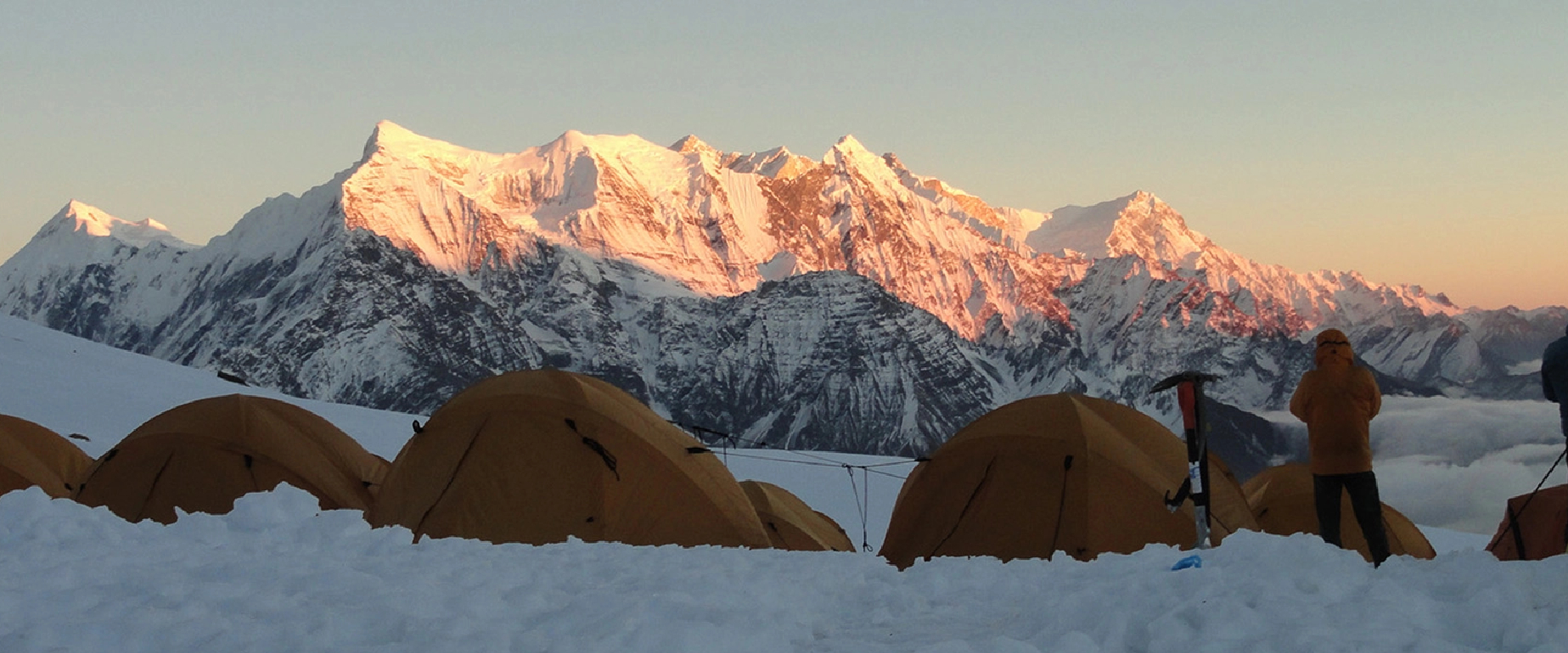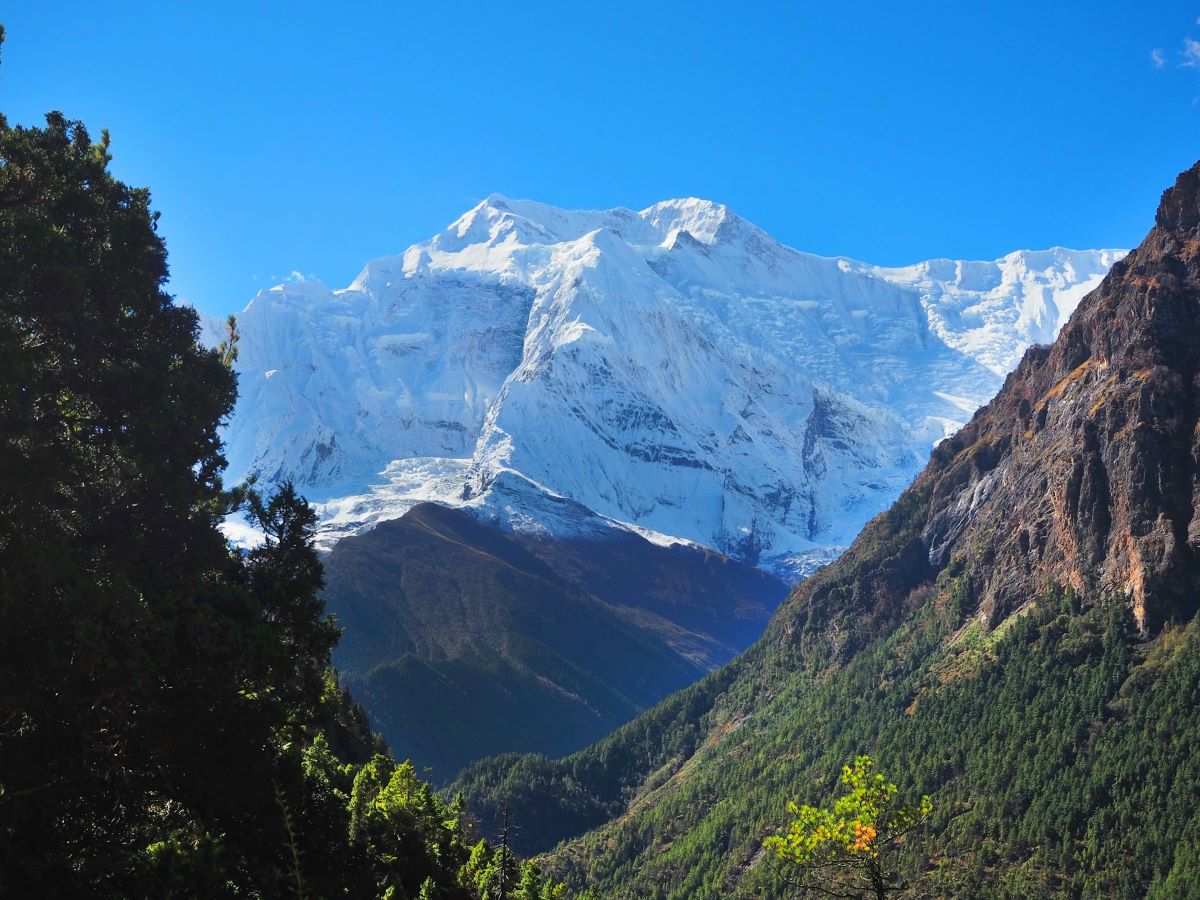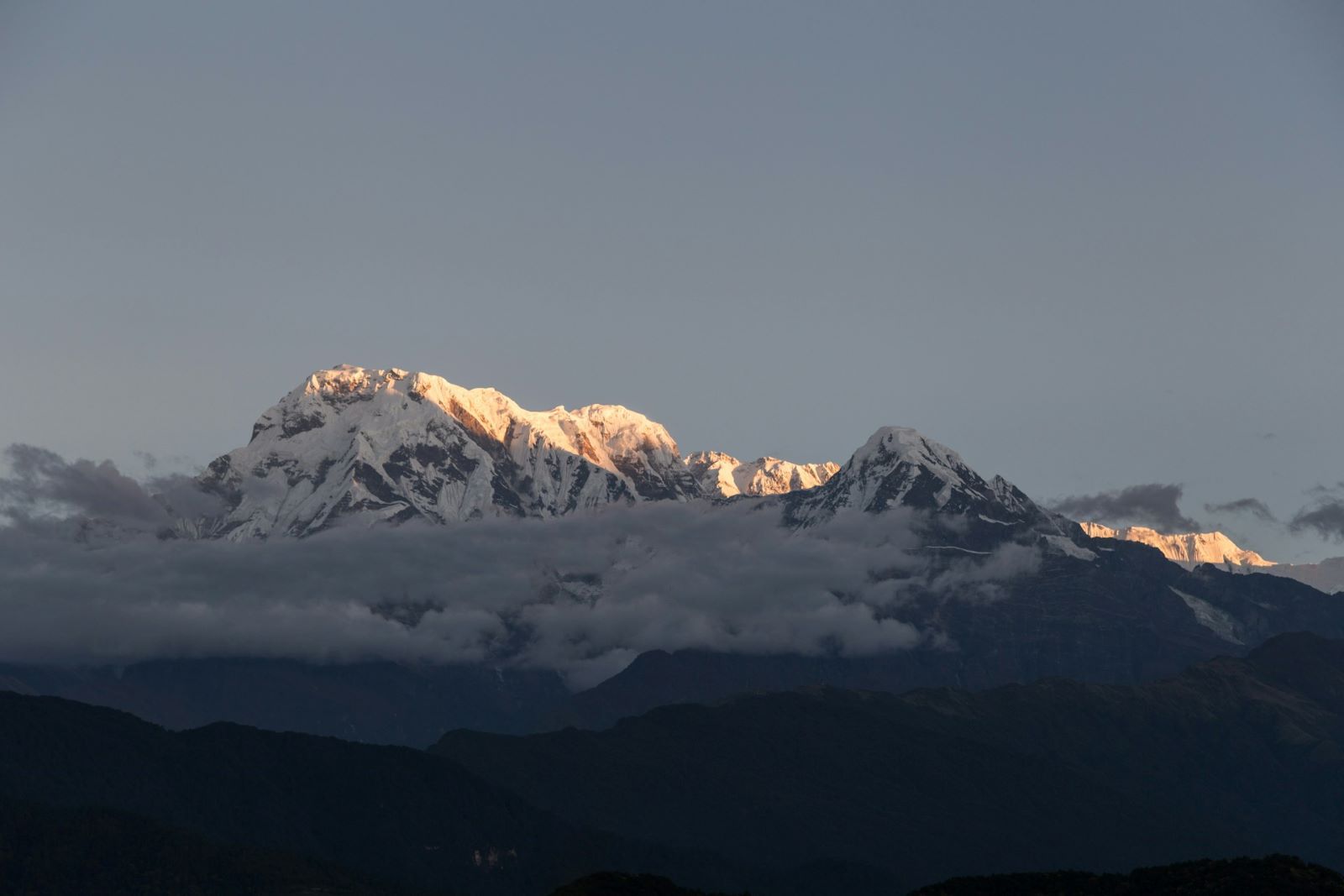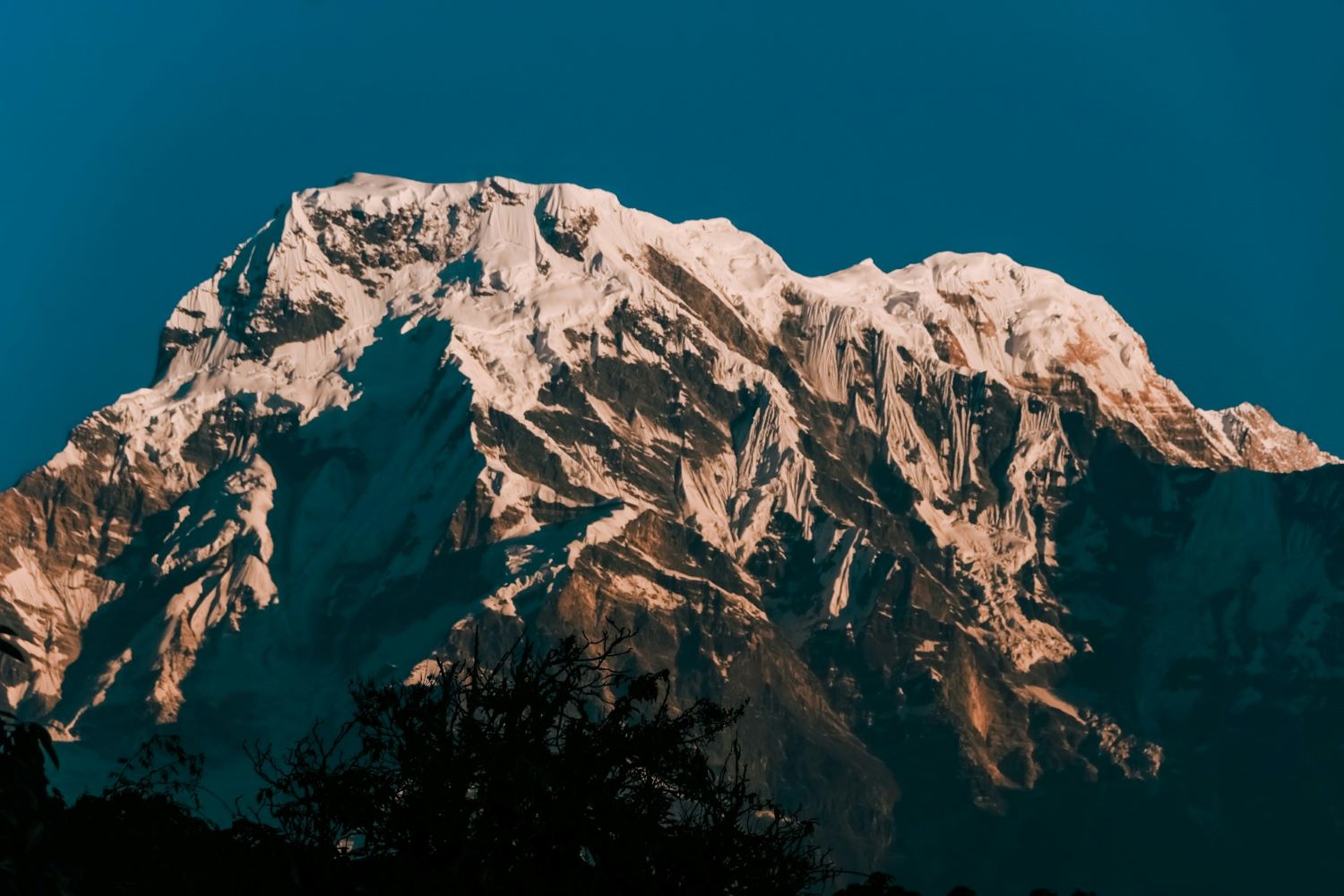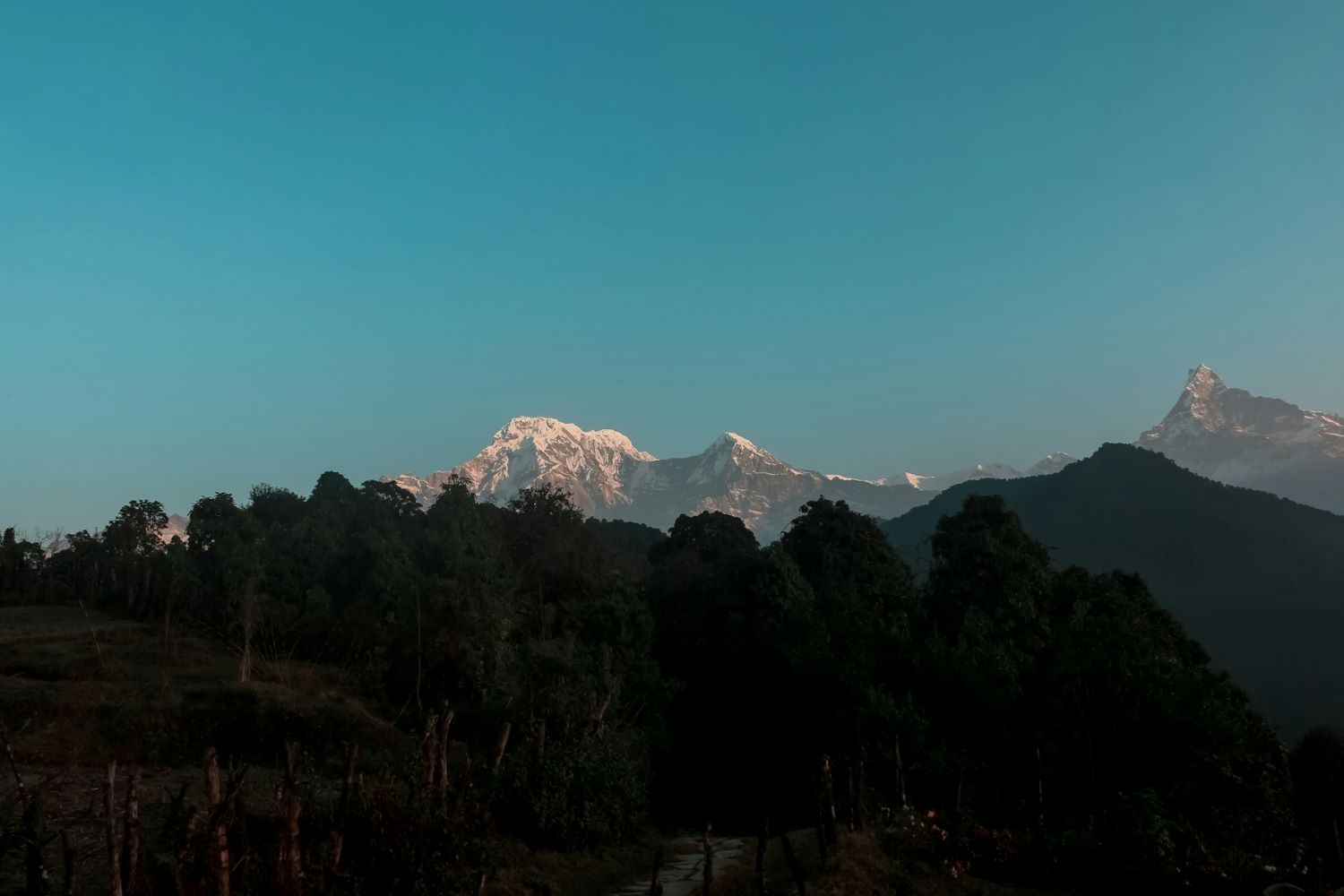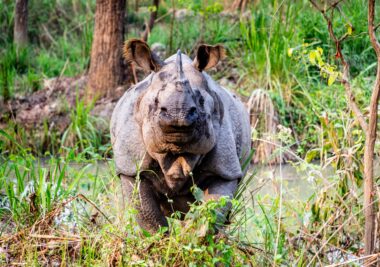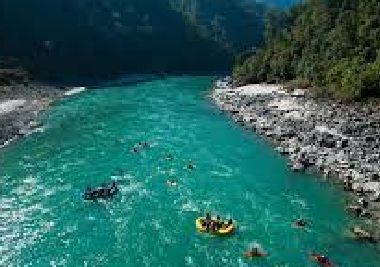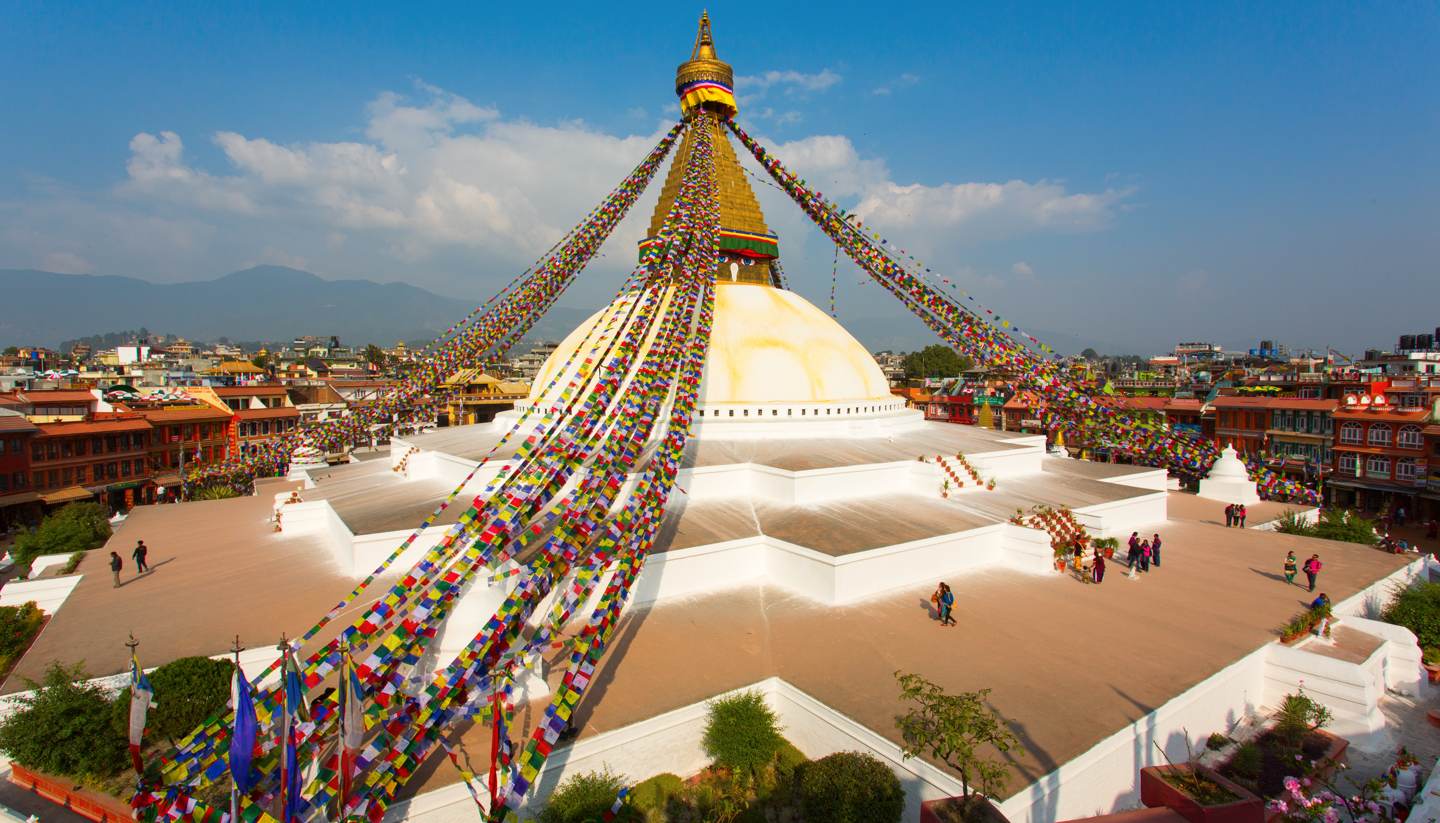Dhampus Peak, also known as Thapa Peak, is a stunning mountain located in Nepal’s Annapurna region, rising to an impressive altitude of 6,012 meters. It offers panoramic views of snow-covered Himalayan giants and lush valleys, making it a favorite among trekkers and climbers. The journey to its summit is filled with breathtaking landscapes, including rolling hills, dense forests, and shimmering rivers. Both experienced mountaineers and novice trekkers find Dhampus Peak irresistible due to its challenging ascent and awe-inspiring scenery.
Climbing Dhampus Peak requires good physical fitness, proper mountaineering equipment, and prior trekking experience. The expedition typically begins in Pokhara and passes through remote villages, offering a glimpse into the rich local culture. While the trail to the base camp is well-trodden, reaching the summit demands technical climbing skills and the use of ropes. Despite its demanding nature, the trek to Dhampus Peak is a once-in-a-lifetime adventure that rewards climbers with unforgettable views of the Himalayas.
Situated northeast of the 5,240-meter Dhampus Pass, Dhampus Peak is part of a chain of prominent mountains that includes Mount Dhaulagiri and Mount Tukuche. Located approximately 14 kilometers west of Jomsom in the Kali Gandaki Valley, Dhampus Peak is often considered an optional climb during the Dhaulagiri trek. Many trekkers inquire whether the climb is worth the effort, and the answer is a resounding yes. As a non-technical trekking peak in the Annapurna region, Dhampus Peak offers a 20-day adventure that is both accessible and rewarding.
Dhampus Peak lies northeast of Dhaulagiri, the seventh-highest mountain in the world, which was first summited in 1960 by Austrian mountaineer Kurt Diemberger. One of the major attractions of the 20-day Dhampus Peak climbing trek is the spectacular view of some of the world’s highest mountains, including the Dhaulagiri and Annapurna Massif. The journey also presents opportunities to discover diverse flora and fauna, especially in the subalpine and temperate highlands of the Annapurna Conservation Area. Trekkers can experience the unique culture and traditions of the Thakali and Tibetan Buddhist communities who inhabit this region.
The itinerary includes two days of acclimatization at Glacier Camp and Dhampus Peak Base Camp, both situated above 5,000 meters. These acclimatization days, scheduled for the 10th and 15th days of the trek, allow climbers to enjoy the stunning surroundings and prepare for the final ascent. Climbing Dhampus Peak is enjoyable, but only well-acclimatized trekkers should attempt the summit. Rushing the climb can make the expedition difficult or even impossible. Staying at Hidden Valley for more than one night may be inconvenient due to its high elevation, but it is necessary for proper acclimatization.
Dhampus Peak is ideal for novice climbers seeking their first Himalayan summit, as it does not require technical climbing expertise. However, previous experience trekking through snow and a strong physical and mental constitution are essential. It is no surprise that the Dhampus Peak tour is one of Nepal’s most popular climbing expeditions.
During the 20-day trip, trekkers will journey through the Dhampus Peak Climbing Route in the Dhaulagiri region, where the air is rich with the spirit of untouched nature and rare wildlife such as musk deer and ghoral. The route passes through dense forests adorned with rhododendrons in spring and offers thrilling views of the Chonbarden Glacier. Trekkers, accompanied by experienced guides, will follow a well-prepared Dhampus Peak Climbing Route Map. The hiking trails offer a glimpse of the stunning Annapurna region and ascend to the summit via Dhaulagiri Base Camp and Hidden Valley, which are also part of the Dhaulagiri Circuit Trek Map.
Trekkers will cross the beautiful French Pass at 5,360 meters and the Dhampus Pass at 5,200 meters. Those who choose to tackle the daring Dhaulagiri Round Trek will follow the same route, circling the Dhaulagiri region.
Dhampus Peak is situated northeast of the massive Dhaulagiri range and is considered easy to climb, requiring no technical skills. Highlights of the Dhampus Peak climb include a scenic mountain flight from Jomsom to Pokhara, an easy expedition route, spectacular views of western Nepal’s Himalayas including Annapurna and Dhaulagiri, and the chance to explore the lifestyle of rural local communities.
The climb begins with a scenic drive from Kathmandu to Pokhara and can be approached either via a short route through Jomsom or by following the full Dhaulagiri Circuit Trek. The tranquil trail passes through fascinating villages, traditional towns, rhododendron forests, and offers astounding views of towering Himalayan peaks. The journey to Dhampus Peak Base Camp is a blissful experience.
Extra days are included in the itinerary for acclimatization and preparation for the final summit push. From the base camp, the trail continues on a snow-cleared incline to a high camp at 5,600 meters, followed by a slow and steady climb to the summit with the help of experienced guides. Reaching the top of Dhampus Peak is a priceless moment, offering the most rewarding views of the breathtaking Himalayan landscape.
To make the most of this adventure, plan your Dhampus Peak climb during the months of March, April, May, September, October, or December. These months offer the best weather conditions for climbing in Nepal. On a clear day, climbers can witness up to thirty different peaks from the summit, making Dhampus Peak a unique vantage point for mountain vistas.
We offer a carefully designed itinerary that suits both experienced climbers and beginners. Some agencies provide shorter versions of the Dhampus Peak climbing itinerary that exclude acclimatization days, but we prioritize safety and success. Join us for this epic adventure and experience the thrill of climbing Dhampus Peak—an unforgettable journey in the heart of the Himalayas.
